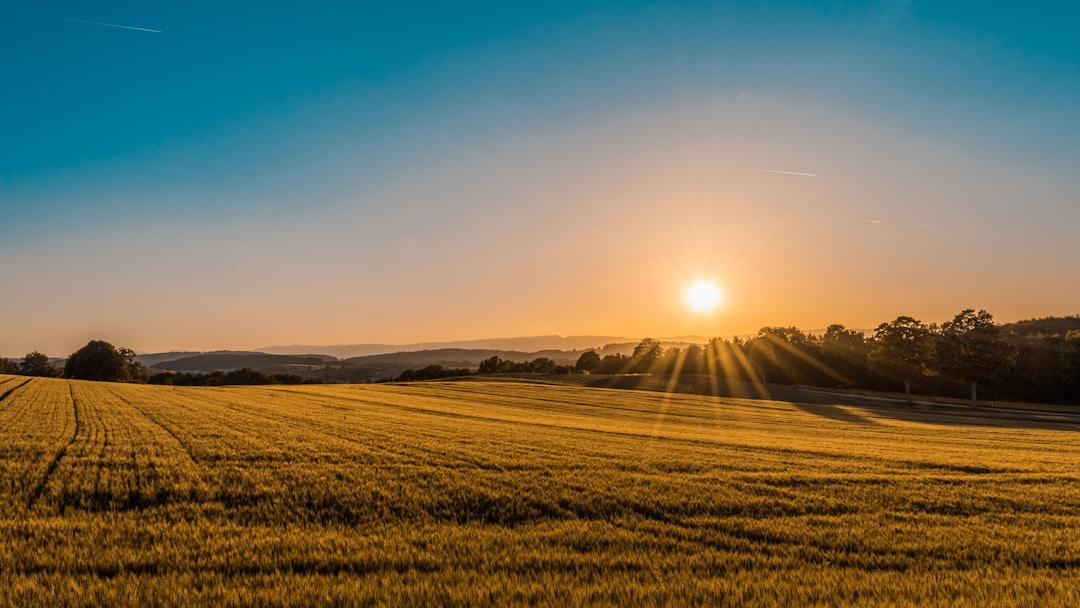The dream of living off the land, being one’s own boss, and producing wholesome food has captured the imaginations of many. Starting a farm of your own is an exciting, yet challenging endeavor that requires careful planning, dedication, and a willingness to learn. This guide will outline some key steps and considerations to keep in mind when embarking on this agricultural journey.
Choosing the Right Infrastructure
The foundation of every successful farm lies in its infrastructure. Before you plant the first seed or purchase your initial livestock, think about the kind of facilities you’ll need. Whether it’s a barn for animals, storage sheds for harvested crops, or a greenhouse for year-round cultivation, the design and quality of these buildings are crucial. If you’re in the Prairie provinces, finding a skilled agricultural building contractor Saskatchewan service, for instance, will ensure that your farm structures are built to withstand the unique climate and conditions of the area. A solid infrastructure not only protects your investment but also makes daily operations smoother and more efficient.
Ensuring Quality Water Supply

Water is the lifeblood of any farm. Whether you’re irrigating fields or providing drinking water for livestock, the quality and quantity of your water source cannot be compromised. Unfortunately, not all water sources are created equal, and contamination or impurities can significantly affect your farm’s productivity. Investing in a commercial water filtration system is an excellent way to ensure the health of your crops and animals. These systems remove harmful contaminants, ensuring your water is clean and safe for use. A reliable filtration system will give you peace of mind and contribute to the longevity and success of your farm.
Understanding Your Land and Soil
The quality of your soil will dictate the kind of crops you can grow and how well they will thrive. Before planting anything, take the time to test your soil’s pH levels, nutrient content, and drainage capabilities. This will give you a clearer picture of what amendments or adjustments might be needed. Furthermore, understanding the topography of the land can also dictate where you place certain crops or buildings, ensuring maximum efficiency and productivity. If you’re unsure, consult with local agricultural experts or extension offices for guidance.
Selecting Suitable Crops and Livestock
Not all crops and animals are suitable for every region or climate. Research and select varieties that are well-suited for your specific location and conditions. Consider factors such as growth duration, temperature requirements, and resistance to pests or diseases. When it comes to livestock, think about the space requirements, feed availability, and market demand in your area. It’s always wise to start small and expand as you gain experience and knowledge.
Investing in Education and Training

Farming isn’t just about sowing seeds and waiting for a harvest. It requires a deep understanding of various agricultural practices, technological advancements, and market trends. Consider attending workshops, courses, or seminars on farming techniques and business management. Joining local farmer associations can also provide valuable insights and networking opportunities. Remember, the more you learn, the better equipped you’ll be to handle the challenges and uncertainties of farming.
Marketing and Selling Your Produce
Once you have a product, it’s essential to have a plan for selling it. Consider your target audience and the best platforms to reach them. Whether it’s a local farmers’ market, CSA (Community Supported Agriculture), or online sales, having a clear marketing and sales strategy will maximize your revenue. Additionally, branding and packaging can significantly impact how your products are perceived, so consider investing in professional design and labeling.
A Future Grounded in Growth
Starting a farm of your own is undoubtedly a substantial commitment. It requires a mix of passion, hard work, and strategic planning. However, by laying the right foundation, investing in quality infrastructure and resources, and continuously seeking knowledge and expertise, your agricultural dream can flourish into a thriving reality. Remember, every successful farm began as an idea. With dedication and the right approach, that seed of an idea can grow into a fruitful and fulfilling enterprise.









